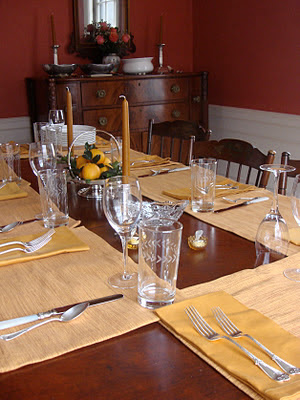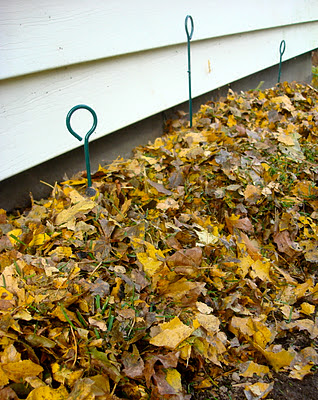Because we have been enjoying a long stretch of mild weather, the seasons seem to be rolling along slowly. Perhaps that's the reason why I've been late in sending some bulbs to the refrigerator to chill and nudging others out of their cool hibernation. Last night, I finally got around to potting up two amaryllises that I had ordered from John Scheepers.
While cleaning up "Red Pearl," I noticed a soft area on the side of the bulb. My museum background has me hyper-sensitized to any signs of pest presence, and, with a little poking, a colony of pinpoint-sized shiny white insects was exposed under a layer of rot. Although these little things look like eggs, they are actually bulb mites (Rhizoglyphus spp.). They spread disease, cause distorted leaves, and result in rotted plants. Ugh.
The deeper layers of this bulb were mushy, discolored, and shiver-making. More ugh. Yes, you can treat the infested bulbs by high humidity, fumigation, and trimming--or you can just pitch the bulb and scratch that nursery off your list of amaryllis suppliers. I voted for the latter option.
The other bulb, Picotee, was clean and firm. It was potted up and placed in a sunny window.
Not to be held back by my 50% loss in bulbs, I cashed in a gift certificate to White Flower Farm for my favorite red holiday amayllis, Royal Velvet. In the meantime, I'm gearing up for the Christmas groove with the first rush of paperwhites. Can snow and twinkly lights be far away?
While cleaning up "Red Pearl," I noticed a soft area on the side of the bulb. My museum background has me hyper-sensitized to any signs of pest presence, and, with a little poking, a colony of pinpoint-sized shiny white insects was exposed under a layer of rot. Although these little things look like eggs, they are actually bulb mites (Rhizoglyphus spp.). They spread disease, cause distorted leaves, and result in rotted plants. Ugh.
The deeper layers of this bulb were mushy, discolored, and shiver-making. More ugh. Yes, you can treat the infested bulbs by high humidity, fumigation, and trimming--or you can just pitch the bulb and scratch that nursery off your list of amaryllis suppliers. I voted for the latter option.
The other bulb, Picotee, was clean and firm. It was potted up and placed in a sunny window.
Not to be held back by my 50% loss in bulbs, I cashed in a gift certificate to White Flower Farm for my favorite red holiday amayllis, Royal Velvet. In the meantime, I'm gearing up for the Christmas groove with the first rush of paperwhites. Can snow and twinkly lights be far away?




















































